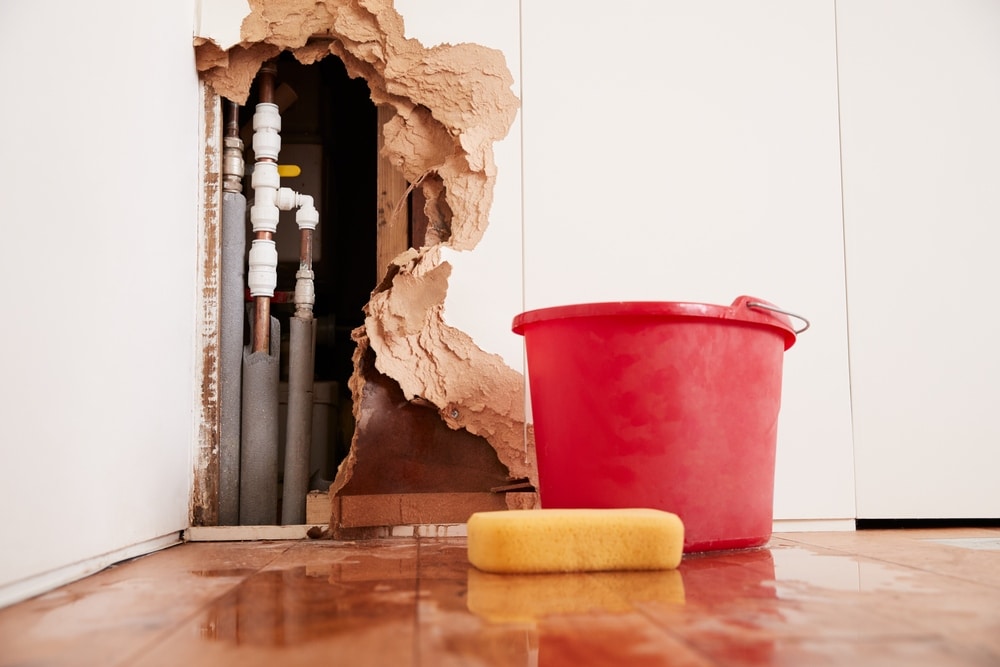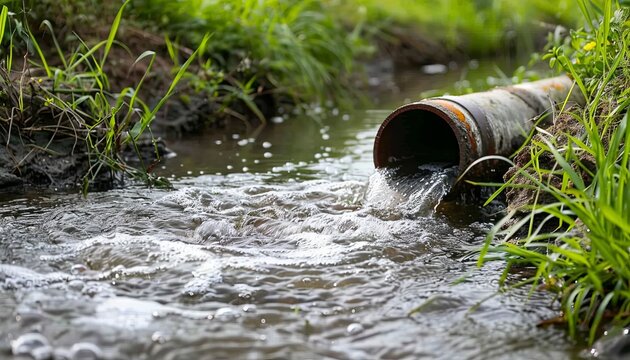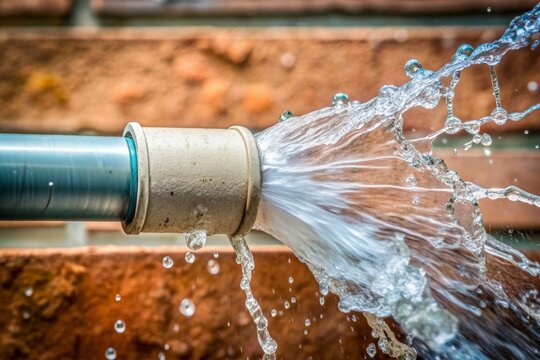How to Fix a Burst Pipe Yourself: A Step-by-Step Guide for Homeowners
How to Fix a Burst Pipe Yourself: A Step-by-Step Guide for Homeowners
Blog Article
Protecting Against Burst Water Lines: Essential Tips to Protect Your Pipes
Stopping ruptured pipelines is a crucial worry for home owners, particularly during colder months when the risk of cold is increased. Carrying out calculated steps such as correct insulation, regular inspections, and preserving consistent indoor temperatures can significantly reduce the possibility of pipe failing. Additionally, recognizing emergency treatments furnishes house owners to react swiftly to possible pipes concerns. Nonetheless, many are unaware of the specific vulnerabilities that their pipes may deal with. Discovering these vulnerabilities can supply vital understandings into securing your plumbing system successfully.
Understand Pipeline Vulnerabilities
Comprehending pipeline susceptabilities is important for effective pipes maintenance and avoiding pricey damages. A number of elements add to the susceptibility of pipelines to ruptureds, consisting of product structure, age, and ecological conditions. Older pipes, especially those made from galvanized steel or polybutylene, commonly deteriorate over time, causing increased threat of ruptures and leaks.
Temperature changes can additionally dramatically influence pipe honesty. In cooler environments, water trapped in pipelines can ice up, broadening and exerting pressure on the pipe wall surfaces, which might inevitably lead to a ruptured. High water pressure can strain pipes, particularly at bends and joints, heightening the probability of failing.

Insulate Piping Correctly
Correct insulation of pipes is essential for stopping cold and succeeding bursts during chilly climate (burst pipe). Shielding your pipes system successfully safeguards versus temperature drops that can lead to costly damage. Begin by determining vulnerable areas where pipes are revealed to outside temperature levels, such as cellars, attic rooms, and outside walls
Usage foam pipeline insulation sleeves or wrap insulation tape around these areas to offer a safety obstacle. Make sure that all sections of the pipelines, specifically those with restricted warm direct exposure, obtain appropriate insulation. Pay special interest to joints and installations, as these are a lot more prone to cold.
When shielding, it's vital to pick materials that meet local building regulations and are ideal for the details setting. Fiberglass insulation is usually recommended for its thermal resistance residential or commercial properties. In addition, consider utilizing heat cable televisions or tape in extreme problems, which can be connected in to give supplementary heat
Frequently check insulated pipes for any indications of wear or damage, as compromised insulation can diminish its efficiency. By taking these positive measures, you considerably lower the risk of pipeline ruptureds, guaranteeing a trusted plumbing system throughout the winter months.
Maintain Consistent Temperature Level
A secure interior temperature is crucial for protecting against ruptured pipelines throughout the freezing months. When temperature levels drop, water within pipelines can freeze, producing and increasing pressure that may inevitably cause the pipelines to burst. To reduce this danger, home owners must maintain a consistent temperature throughout their home, preferably no less than 55 ° F(13 ° C)Utilizing a programmable thermostat can aid take care of interior temperatures efficiently, making certain that spaces with pipes stay warm even when the house is unoccupied. Pay special focus to areas that are extra prone to chilly, such as attic rooms, cellars, and garages. Maintaining cupboard doors open under sinks can likewise enable warmer air from the home to circulate around plumbing.
In addition, it is sensible to permit taps to leak somewhat during severe chilly spells. This small flow of water can protect against freezing by minimizing pressure within the pipes. During especially severe weather events, think about temporarily putting on hold any kind of nighttime obstacles on your thermostat to keep a consistent cozy environment. By implementing these approaches, home owners can significantly reduce the risk of pipeline ruptureds and protect their pipes systems versus the harsh winter season elements.
Routinely Inspect Plumbing
Regular examinations of pipes systems are vital for avoiding burst pipes and keeping total home honesty. Routine checks enable property owners to identify prospective issues before they escalate into costly repairs or major water damage. Throughout these evaluations, it is necessary to check out visible pipelines for indicators of corrosion, leakages, or wear. Pay special focus to locations prone to cold, such as basements, attic rooms, and exterior walls.
In addition, examining joints and links is important, as these factors are frequently vulnerable to leakages. Home owners need to also evaluate water stress levels, as excessive pressure can strain the plumbing system and increase the threat of pipeline ruptureds.
Consider organizing specialist plumbing inspections a minimum of yearly, especially before winter, to ensure your system is gotten ready for colder temperatures. Regular examinations not only aid in determining instant concerns yet likewise foster long-lasting maintenance methods that can improve the life expectancy of your plumbing system. By being proactive in your approach, you can safeguard your home against the expensive and turbulent consequences of ruptured pipelines. Prioritizing plumbing assessments is a financial investment in your check house's health and safety.
Know Emergency Procedures
Recognizing emergency treatments is essential for every single homeowner, particularly after conducting routine plumbing examinations. Being prepared for a plumbing emergency can substantially alleviate damage and conserve expenses. Locate your primary water shut-off shutoff; it is normally located near the water meter or where the major line enters your home. Acquaint on your own with its operation, as turning Source off the supply of water swiftly can protect against extensive flooding.
Next, keep important devices convenient. A plumbing emergency situation kit need to include a wrench, plunger, and towels, along with a flashlight and a bucket for small leakages. In addition, think about having the call information for a trusted plumbing professional readily available, should the situation intensify beyond your control.
If you detect a leakage or ruptured pipe, quickly switch off the water and notify your plumbing. Record the damages with photos for insurance purposes. Know the indicators of potential plumbing problems, such as unusual water pressure variations or damp spots on walls
Inevitably, aggressive understanding and quick action are crucial in handling plumbing emergencies, ensuring your home remains protected and lessening potential damages.

Final Thought
In conclusion, protecting against burst pipelines demands a multifaceted approach that consists of understanding pipe vulnerabilities, appropriate insulation, keeping regular indoor temperature levels, regular inspections, and knowledge of emergency situation treatments. By applying these important techniques, the danger of plumbing failures check my blog can be significantly minimized, thereby guaranteeing the long life and efficiency of the plumbing system. Proactive steps not only safeguard versus potential damages however additionally add to total water preservation and the protection of building.
In cooler climates, water trapped in pipelines can ice up, exerting and broadening pressure on the pipeline walls, which may inevitably lead to a ruptured. When temperature levels decline, water within pipelines can ice up, developing and increasing pressure that may ultimately cause the pipes to ruptured. By carrying out these methods, homeowners can dramatically reduce the danger of pipe bursts and guard their pipes systems against the severe winter months elements.

Report this page